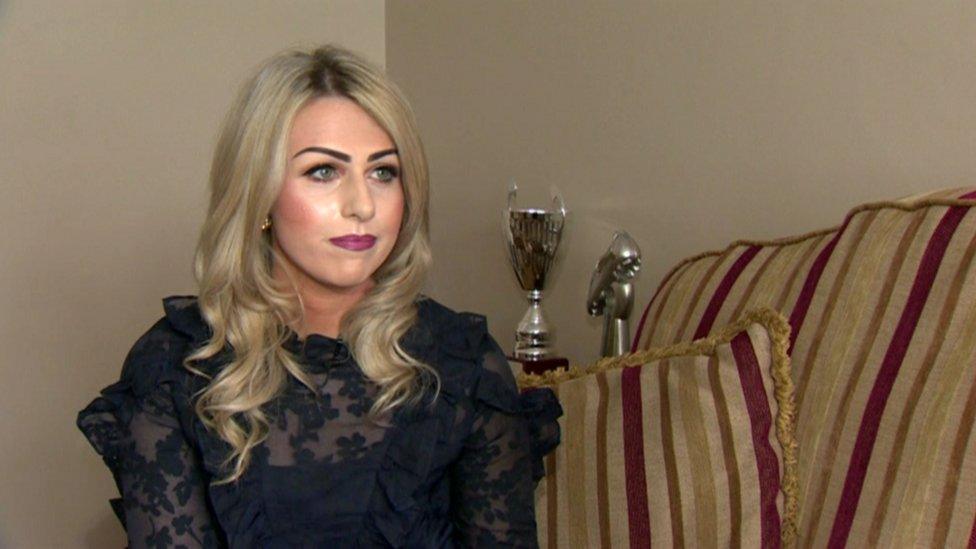Iron disease haemochromatosis: Wrexham poet's diagnosis
- Published
The genetic iron overload condition is treatable - if you can get it diagnosed
Haemochromatosis. It's a tough word to get your head around, even for someone who makes a living from speech.
The diagnosis of the inherited condition was a shock for Welsh performance poet Evrah Rose.
The disorder means you absorb too much iron, and it can start to damage other parts of your body.
Despite being one of the most common genetic conditions in Europe, Evrah said few people knew about it.
"I'd never heard about it myself, until I had the diagnosis," said the 32-year-old spoken word artist and equality activist.
"I'd been suffering from joint pain issues for years but it wasn't until I had a blood test last year that I first heard the word haemochromatosis."
The test revealed she had "really high iron levels" in her blood: "I just thought what the hell - what does that mean?"
It meant she was one of every 150 people in western Europe who has the condition - a rate which rises to one in every 113 for those with Celtic ancestry.
According to the charity Haemochromatosis UK, it is the most common genetic condition in Wales, with 40,000 people at risk of having the disorder.
What is haemochromatosis?

Everybody needs some iron in their body, to make blood and build muscle tissue.
But too little or too much, and issues can arise.
In the case of haemochromatosis, genes inherited from both parents mean your body sometimes absorbs more iron than it should.
It some cases, it can be up to three times more than a normal person would absorb.
It does not happen to everyone with the high iron gene mutation, but when it does, iron can begin to be stored in organs and soft tissues, known as iron overload.
It can then become a problem, especially for organs such as the liver and - as Evrah was finding out - other parts of the body.

Evrah was devastated when she found out she had the condition
"I'd been unwell on and off for the last decade, with weird abdominal pain and stomach issues" explained Evrah.
"I kept dropping loads of weight, and the doctors would tell me that it was a malabsorption problem or an irritable bowel."
Then came cardiac issues, with racing heart rates and skipping beats, lethargy and fatigue.
"I knew I felt really unwell, but I didn't know why I felt unwell," she said.
"I was at the end of my tether. I had been in and out of hospital, and then I paid for a blood test, and it just flagged up the iron issue straight away."
Genetic tests followed, to reveal she had inherited the mutation to her iron gene, a mutation labelled as C282Y.
It is the most likely to lead to iron loading, which is exactly what had happened to Evrah.
"I was devastated, absolutely devastated," she said.
"Not only to find out that I did have this illness, but that it was going to be a lifelong condition."

Common symptoms of genetic haemochromatosis
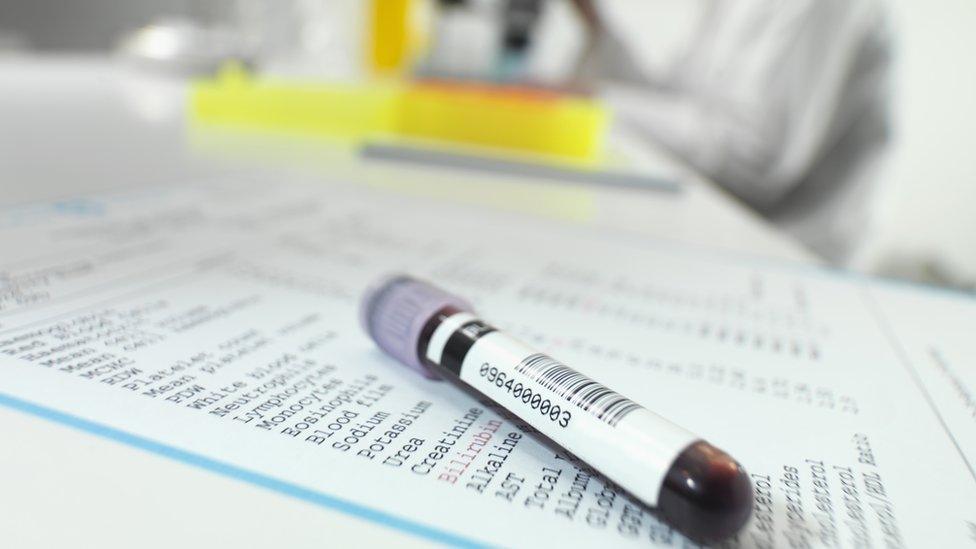
Tests for iron levels can help point to the condition - followed by genetic screening
According to Haemochromatosis UK, external, the condition affects everyone differently, with most of the symptoms also found in other health conditions.
Arthritis: It may affect any joint, and is common in knuckle and first joint of first two fingers
Chronic fatigue
Abdominal pain
Impaired memory, mood swings, irritability, or depression
Sexual disorders, including impotence in men
Menstrual periods absent or scanty
Bronzing of skin or permanent tan or grey tone
Cardiomyopathy, a disease of the heart muscle
Late onset diabetes
Pituitary or adrenal issues
Liver disorders
Decrease in body hair
If some of the symptoms are present, the charity says genetic haemochromatosis should be considered and you should speak to your doctor.
Source: Haemochromatosis UK

There were also difficult discussions for her family in Wrexham.
"Being the first person in the family to be ever diagnosed with it, it was quite difficult for all of us to comprehend.
"It took a few months, and some open conversations. And I'm really glad we had those conversations."
Especially because her two sisters were able to be tested for the gene mutations.
One sister, it emerged, had inherited the condition, but unlike Evrah had not gone on to load iron.
"It means she can protect herself," said Evrah.
While haemochromatosis cannot be cured, it can be effectively treated.
Early diagnosis means the condition can be monitored and early interventions taken to tackle any potential iron loading problems.
There is also an unexpected benefit for others.
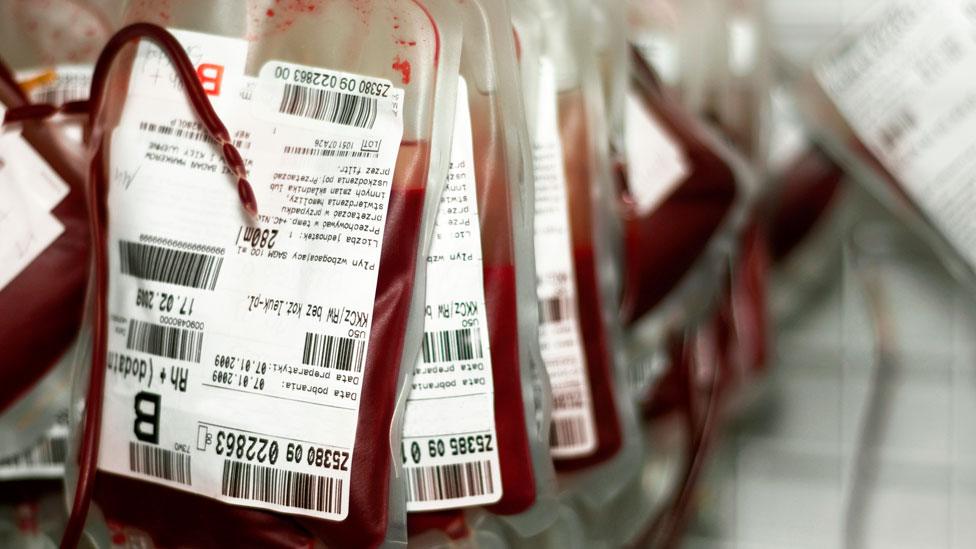
Giving blood is part of the treatment for some with the disorder
One of the main treatments is giving blood, after the condition has been stabilised.
Blood donations mean the body needs to create more blood, which in turn draws out iron stored in the body, as iron is a key component in creating red blood cells.
Once a patient has had their condition stabilised, they are eligible to donate to the NHS at six-weekly intervals, more frequently than other people.
There are also other treatments for those who may not be suitable for this form of treatment, including something known as chelation therapy, where drugs are used to bind to excess iron so it can pass out of the body.
"It is lifelong, it is incurable, but you can live a full, active healthy life if it is diagnosed early enough," said Evrah.
"I guess it has made me more grateful for the better days I have had, and made me adjust my priorities as well - be more around family, be more around friends, and appreciate what I have."
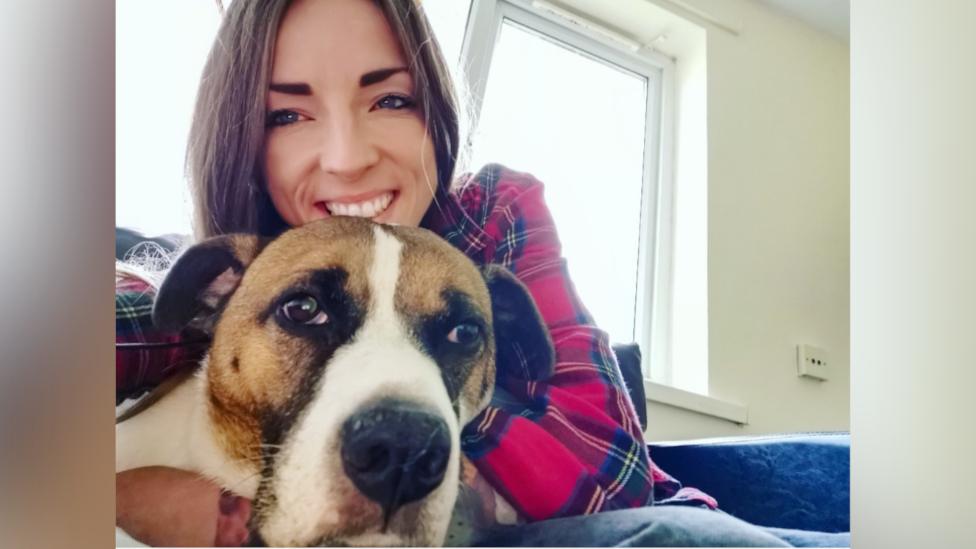
Evrah is learning to live with her condition and says she remains positive for the future
She has become determined to raise the issue as widely as possible, and also to promote the work of Haemochromatosis UK.
The charity has recently launched a scheme to help ensure family members of those with the condition have access to low-cost genetic screening.
Chief executive Neil McClements said getting a diagnosis was crucial.
"Although it is commonplace, the condition is significantly under-diagnosed. Just one in 20 people at risk are aware of their condition and receiving treatment," he said.
"We know from the experiences of people in our community, like Evrah, that early diagnosis saves lives.
"The sooner people are diagnosed, the sooner treatment can start. And that can save people from some of the worst effects of iron overload."
Evrah put her poetry on pause while dealing with the health situation, and she faced further challenges.
She had a stroke in December, which hit her speech - "that recovered quite quickly, thankfully".

Will Evrah's favourite football club Wrexham feature in her future?
"I'm starting to write a bit more again.
"I've got a few commissions that are going to be, well, be quite public, shall we say. I'm quite excited about the future."
It is no secret that one of her passions in life is Wrexham football club. Could the commissions be something to do with the new Hollywood owners of the club Ryan Reynolds and Rob McElhenny?
For a performance poet known to be vocal, for once Evrah Rose is staying very tight-lipped.
Related topics
- Published17 January 2019
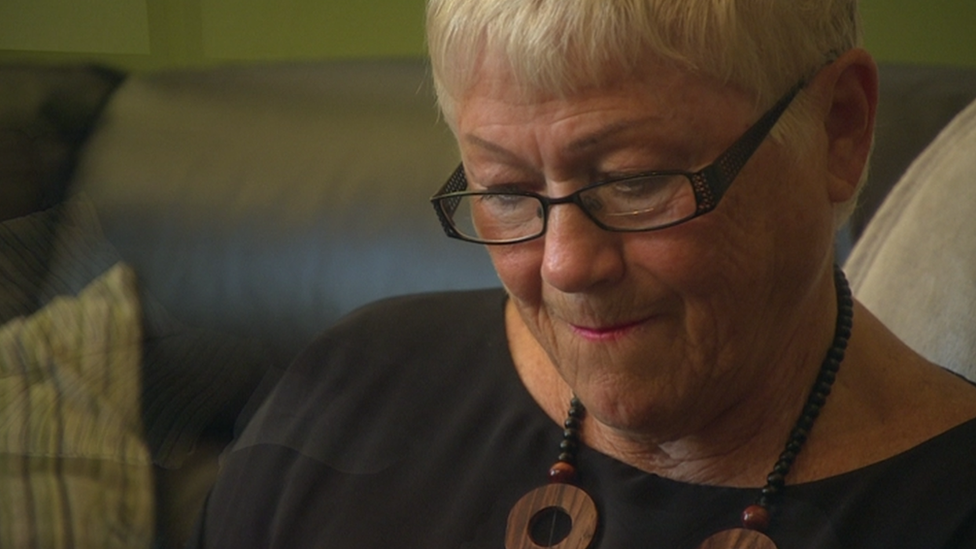
- Published2 March 2018
